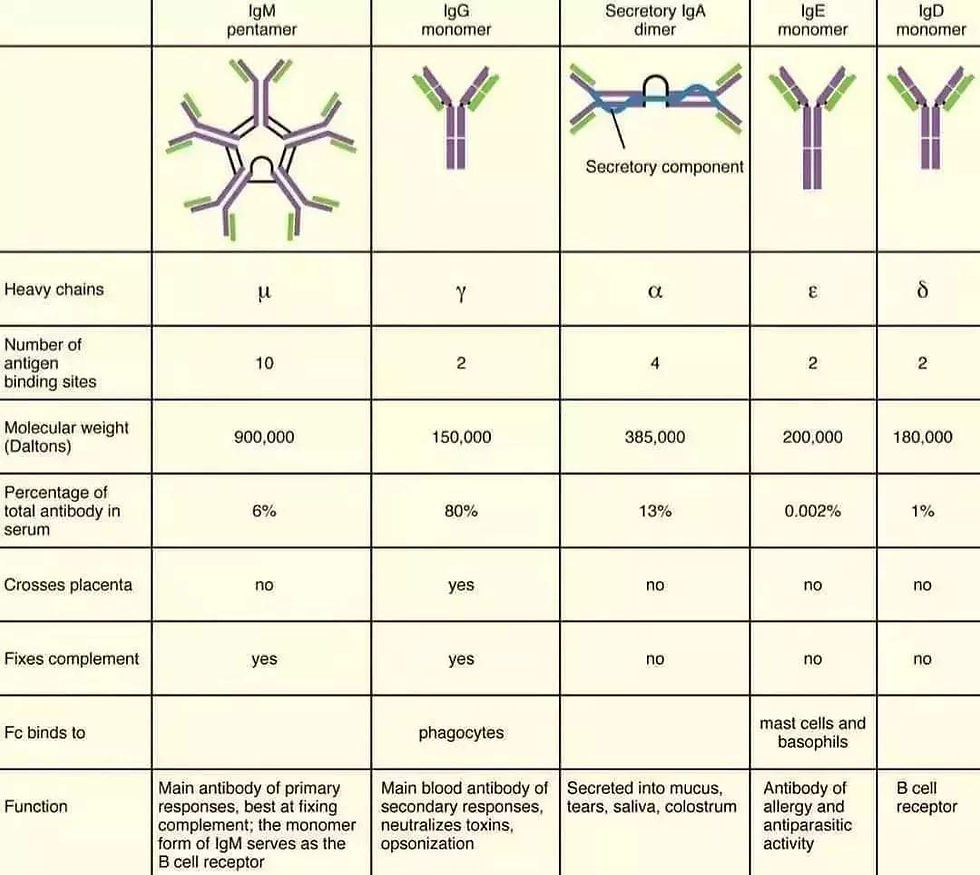
Mapping Dogs DNA
- collins Gachomo
- Aug 18, 2022
- 2 min read
The scientists mapped over 120,000 spots on each dog’s DNA. They did this to see how the dog’s nucleobases fit together. Nucleobases are the puzzle pieces that make up genes. By looking at the nucleobases, scientists can determine where differences arise in the doggie DNA. When the DNA of one dog breed has more bases in common with the DNA of another dog breed, it means they are more closely related. Just like you and your family have more bases in common than you and a stranger.
Nucleobases like adenine, thymine, cytosine, and guanine are the building blocks of DNA.
Humans have had a large influence on dog DNA too since dogs were domesticated and bred by humans to look the way they do. For instance, humans bred Chihuahuas with other Chihuahuas for a very long time. This means that Chihuahuas have many identical nucleobases on their DNA, and all those puzzle pieces fit together to look like a Chihuahua.
Short segments of genes from a distant dog relative, the gray wolf, were found in every sample of the dogs’ genetic information. However, the nucleotides that make dogs look different were only found in a few areas of the DNA. These reflect the areas that have changed in the centuries since people started breeding dogs for different traits, creating many different breeds of dog in the process.
In humans, our diversity and nucleotide puzzle pieces work differently. Instead of human diversity arising from a few different areas on the gene, the way we look is regulated by hundreds of different weak genes that interact to make us unique! Dogs may have fewer areas of diversity compared to humans because of what scientists call a gene bottleneck.








Comments